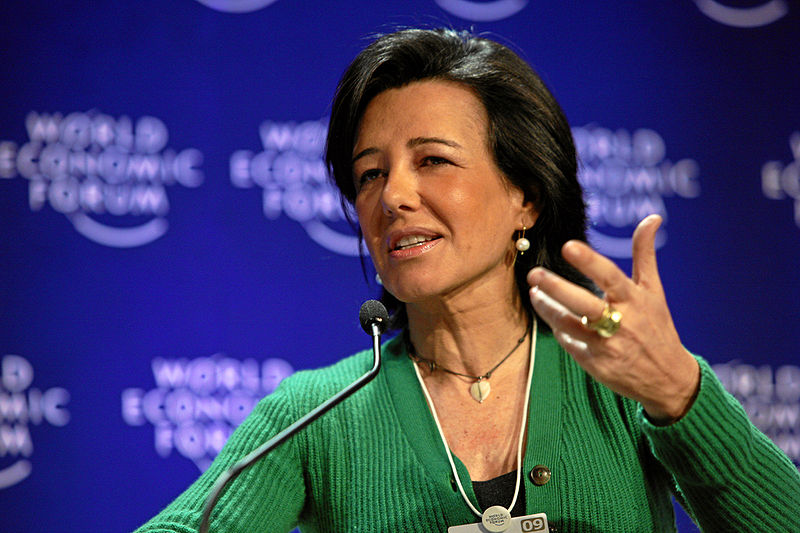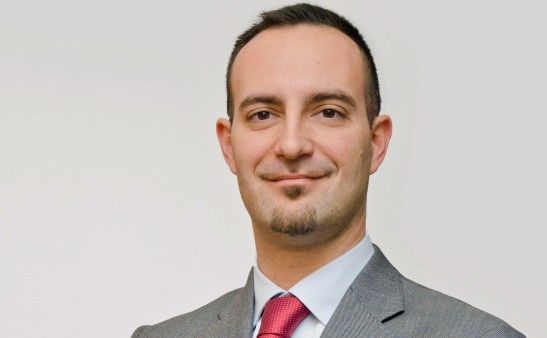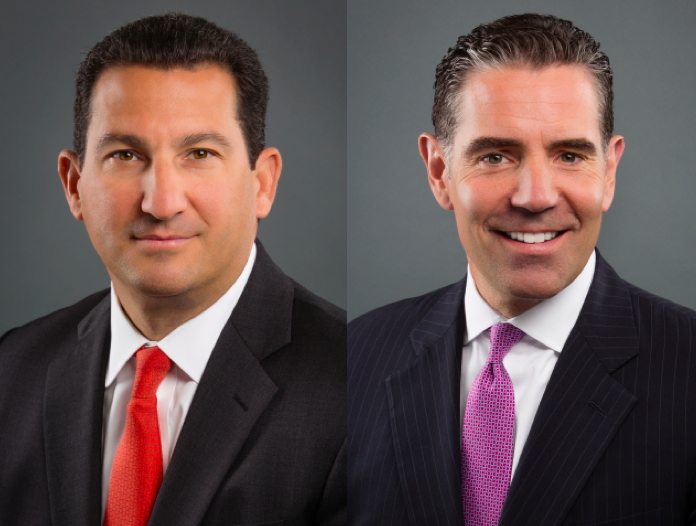Matthews Asia Brings Together Over 100 Investors in San Francisco to Discuss the Future of Asia as an Investment Destination
| For Fórmate a Fondo | 0 Comentarios

This week in San Francisco, MatthewsAsia brought together 125 investors from all over the U.S. as well as Asia, Latin America and Europe. In this conference, held every two years, the asset management company, which specializes in Asia, presented the region’s financial situation and the reasons that support the right of Asia to become an asset class with its own identity. The volume of wealth, population, and GDP growth does not correspond to the weight of the stock market capitalization of its markets, especially if Japan pulls out of the equation. The figures are striking, Asia ex Japan accounts for 22.5% of global GDP, even though their markets represent only 9% of global market capitalization.
The next decade could be crucial in bridging this gap, and there’s every indication that it will be brought about by the growth in their stock markets. MatthewsAsia offers extensive experience in investing in Asian equities, having gone through all kinds of market environments since its inception in 1991. Matthews is the largest dedicated Asia-only investment specialist in the United States. It offers several strategies, primarily in equities, although since three years ago it has also offered fixed income strategies. The firm is headquartered in San Francisco, California, where the entire investment team, which travels to the Asian region on a constant basis, is located. Matthews had US$28.0bn in AUMs as of August 31, 2014.
WilliamHackett, CEO, and FrankWheeler, Global Director of Marketing and Distribution, opened the conference, which received a stellar presentation by Sydney Rittenberg. Rittenberg has personally known all Chinese leaders from Mao Zedong to Hu Jintao, as well as the father of the current Chinese leader. Sydney traveled to China during World War II and decided to stay, becoming the only US citizen accepted into the Chinese Communist Party. Years later, he was accused of espionage and was detained for 16 years in solitary confinement in China. In 1977 he was released and officially declared “friend of China”.
The 35 years spent in thecountry and his subsequent dedication to teaching and consulting on political and business ties with China make Sydney one of the most knowledgeable people on China. Of all that is currently happening in the country, Sydney Rittenberg emphasized the anti–corruption crusade which Xi Jinping is carrying out in China and how the next decade will see a big change in the country’s business fabric. On the one hand, he predicts that the private sector will continue to gain weight on the GDP, while on the other hand he also predicts a radical transformation of large state conglomerates (SOEs). For starters, they will open their books to both Chinese and international private investors, and thus will begin to be managed under market criteria, applying the fundamentals of corporate governance now absent.
The conference also featured presentations by Robert Boyda, Senior Managing Director and Senior Portfolio Manager for Portfolio Solutions Group at Manulife Asset Management, and Gary Rieschel, founder of Qiming Venture Partners, a venture capital firm specializing in China.
Meanwhile, members of Matthews Asia’s investment and distribution team reviewed the prospects for long-term investment in the region, and the situation of specific countries such as China; as well as which commenting on the investment process and philosophy of the firm, and the criteria used for stock selection. There were also specific panels dedicated to technology, innovation, sustainability of investment trends, demographics, energy, and entrepreneurship.
Matthews Asia has 15 investment strategies domiciled in the U.S., nine of which have a UCITS vehicle registered in Luxembourg.







